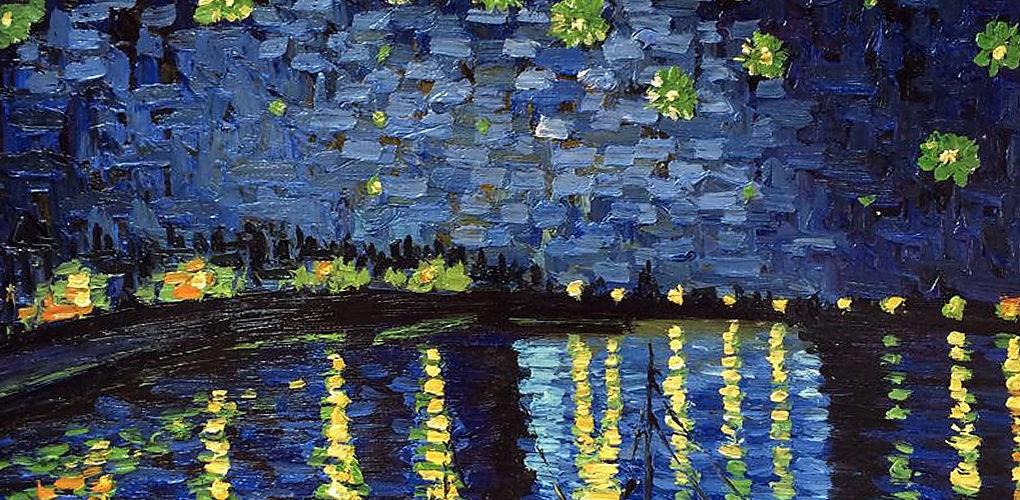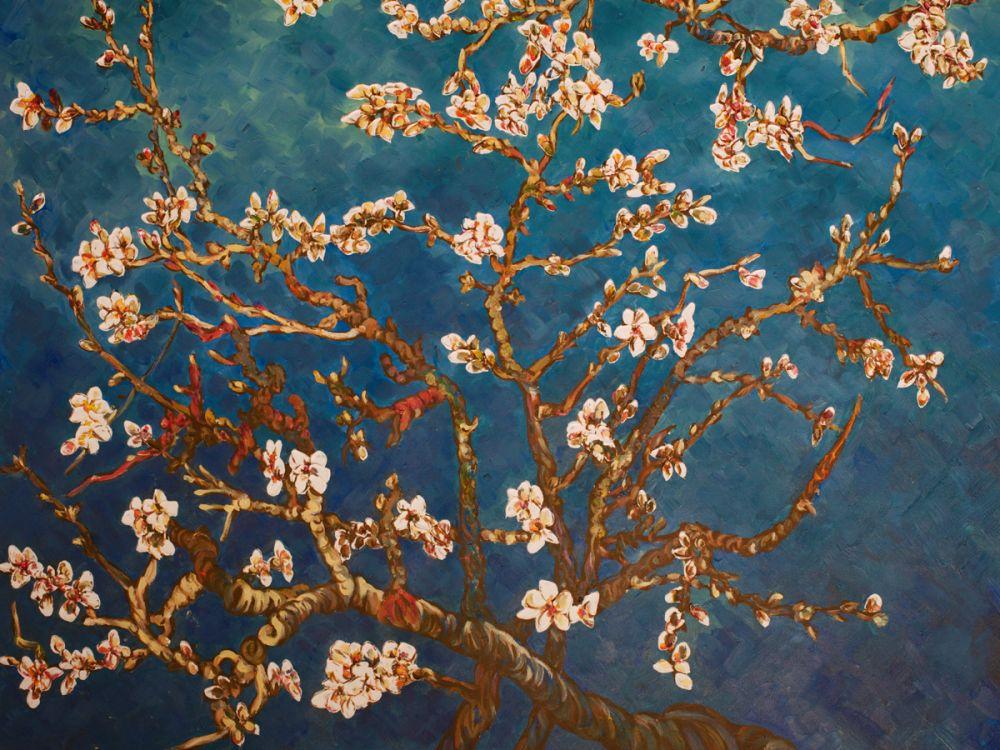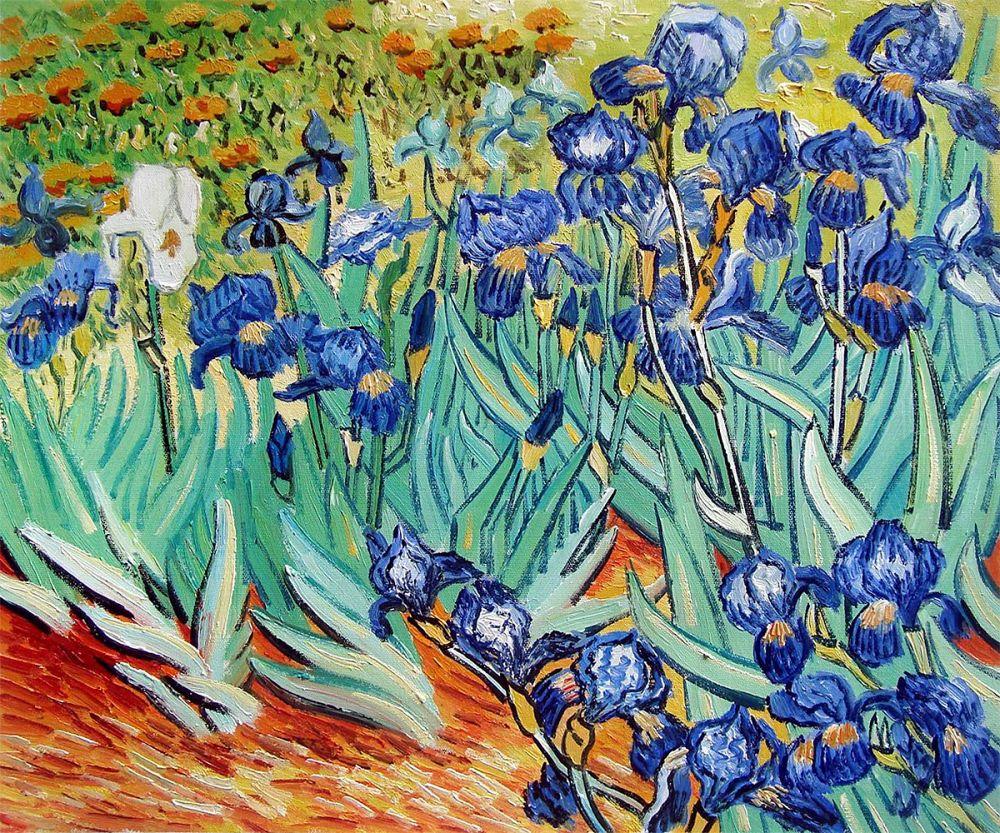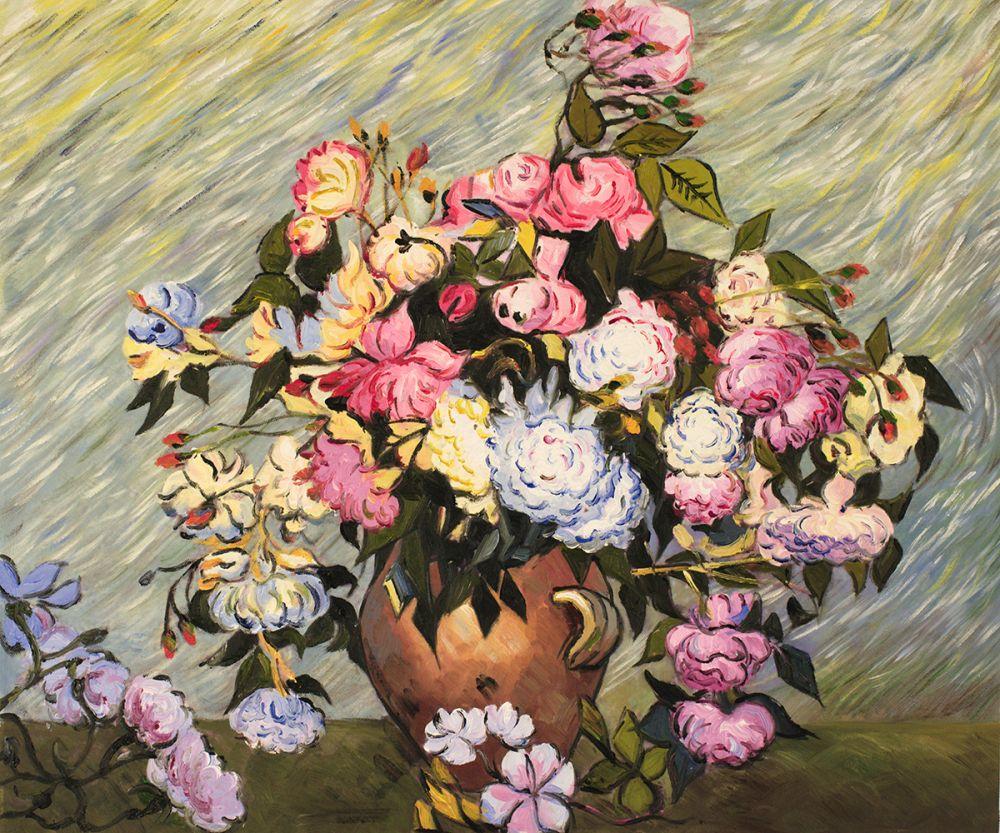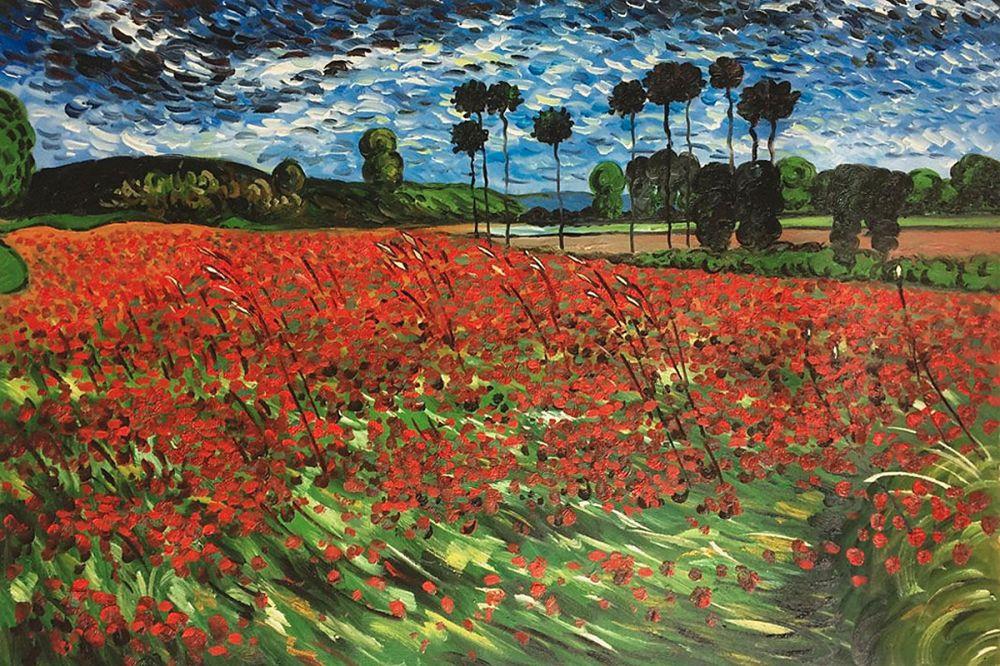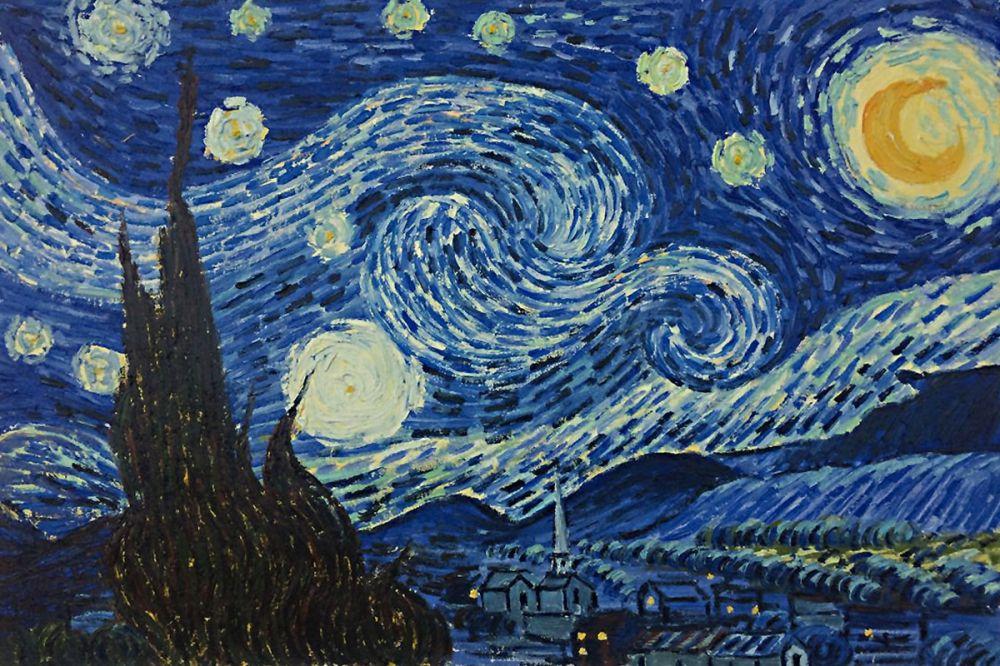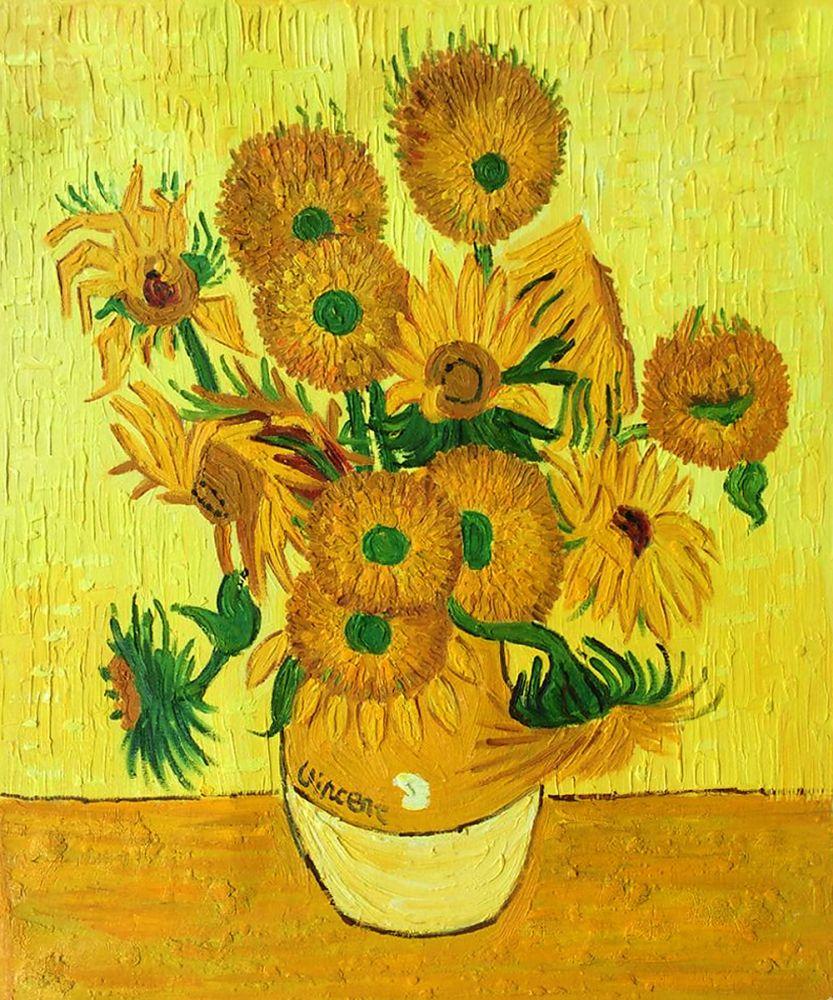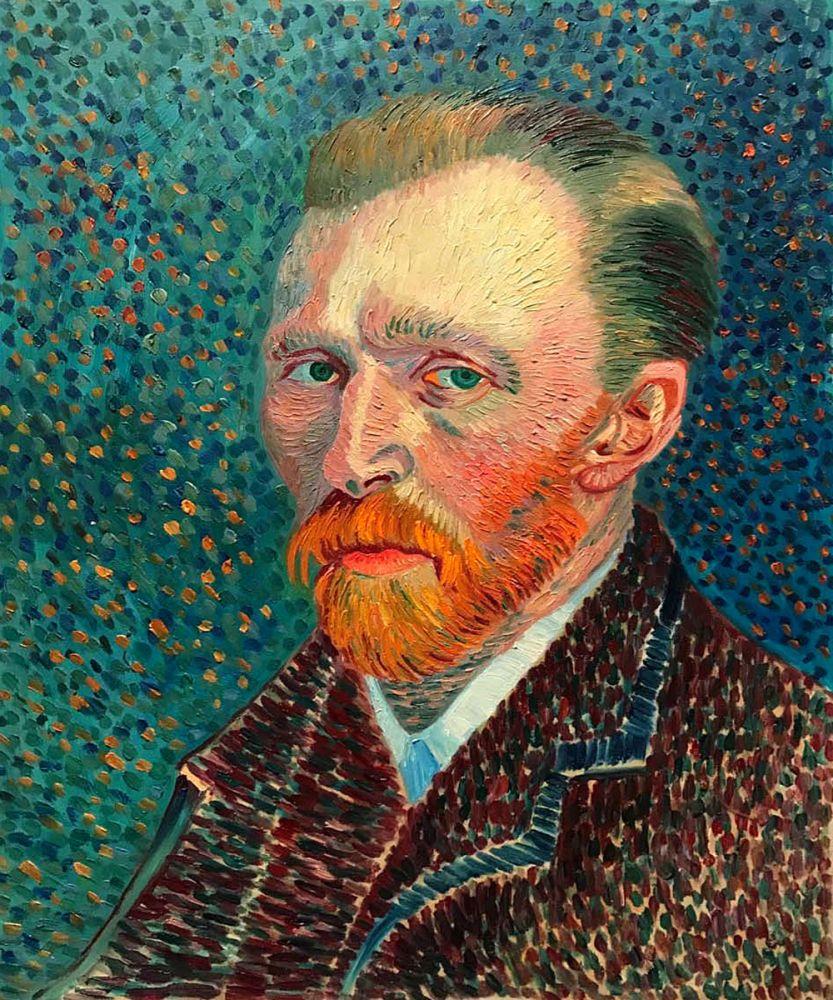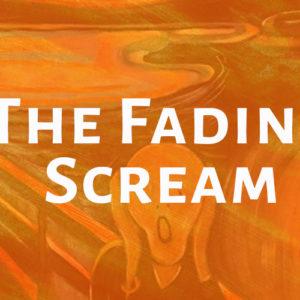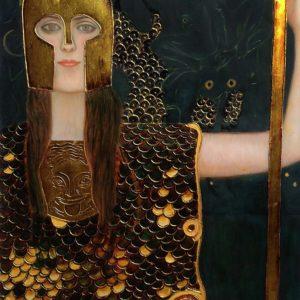Art History
Art in Movies
Art Reflections
overstockArt.com
Vincent Van Gogh and the Darker Side of Art
Vincent Van Gogh was one of the most prolific painters in the Impressionist movement. Many of his works are considered iconic and are easily recognized even by those who are not art enthusiasts. His life and career have been depicted in numerous movies and books, so there isn’t much that we don’t know about his personal life. One of the only things that still remains a mystery is how he was able to create such beautiful pieces of art while struggling with severe depression for most of his life. The painter even spent time in an asylum and his death in 1890 is considered by most to be a suicide.
Born in 1853, Vincent Van Gogh was always a serious and quiet child, who spent much of his time observing and drawing the world around him. Vincent began having problems with anxiety and depression when he was young, but had his first notable anxiety attack when he was twenty-eight. To try and help with his emotional swings, the young artist tried to find calming environments to work in, but that still didn’t keep him from sliding into a depressive state. Vincent turned to alcohol, but that only made his episodes worse and pushed him further into isolation. Finally, he admitted himself into an asylum where he hoped to be treated and find recovery, but after he left the same problems returned. At age 37, Vincent Van Gogh shot himself and died slowly from complications.
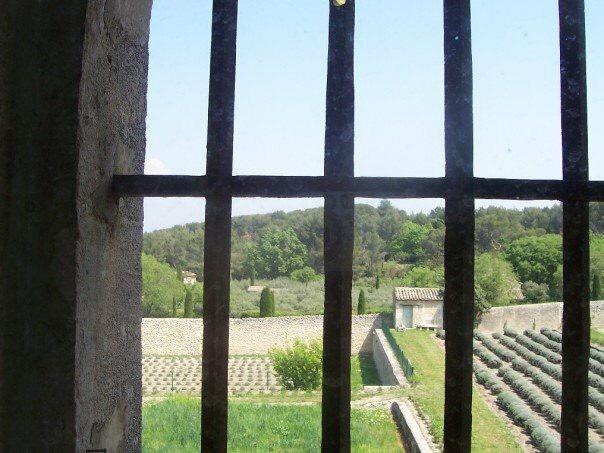
View from Van Gogh’s room at Saint Paul Asylum in Saint-Remy-de-Provence
During his career, Van Gogh became known for his impressionist style and bold use of colors. Many people believe that his success is partly due to his using his work as a way of expressing his emotional state. One of his best periods was the work he created while in Arles, France. Driven to the quiet countryside towards the end of his life by the effect of his illness and alcoholism, Vincent created some of his most famous pieces. Some of these include The Café Terrace and Starry Night Over the Rhone. In the Night Café, Vincent was still struggling with his own darker emotions and is quoted as saying he wanted the piece to “to express the idea that the café is a place where one can ruin oneself, go mad, or commit a crime”.
In the final days of his life, while he tried to seek help for his depression, Vincent created Starry Night, which is his most famous piece of art. He painted this from inside the walls of an asylum, while looking outside the window at night. The swirls and thick brushstrokes are often thought to depict the emotional turmoil he was feeling at the time. It is amazing that such beauty could come from such darkness, but it has given the world something to admire for a long time.
